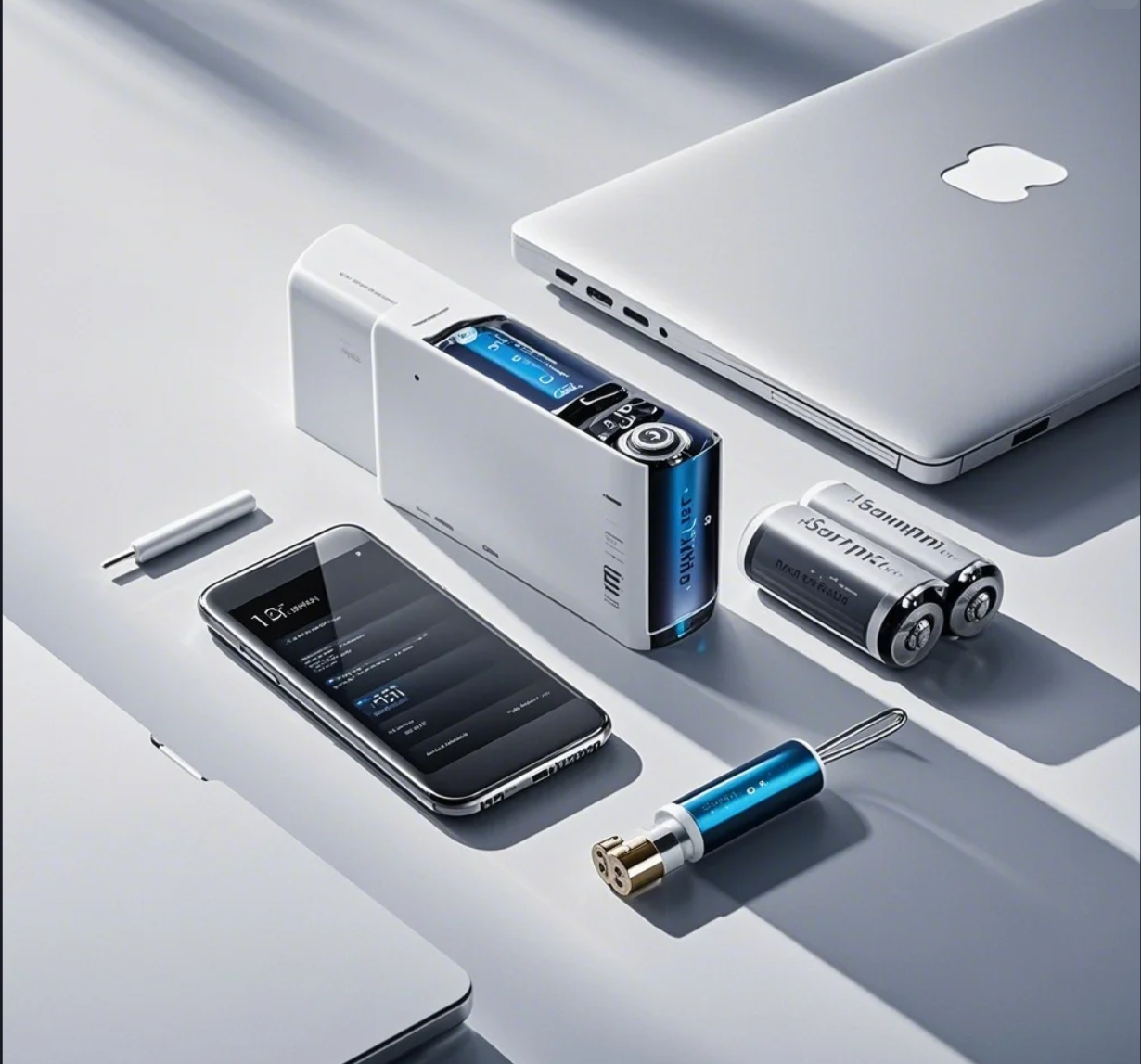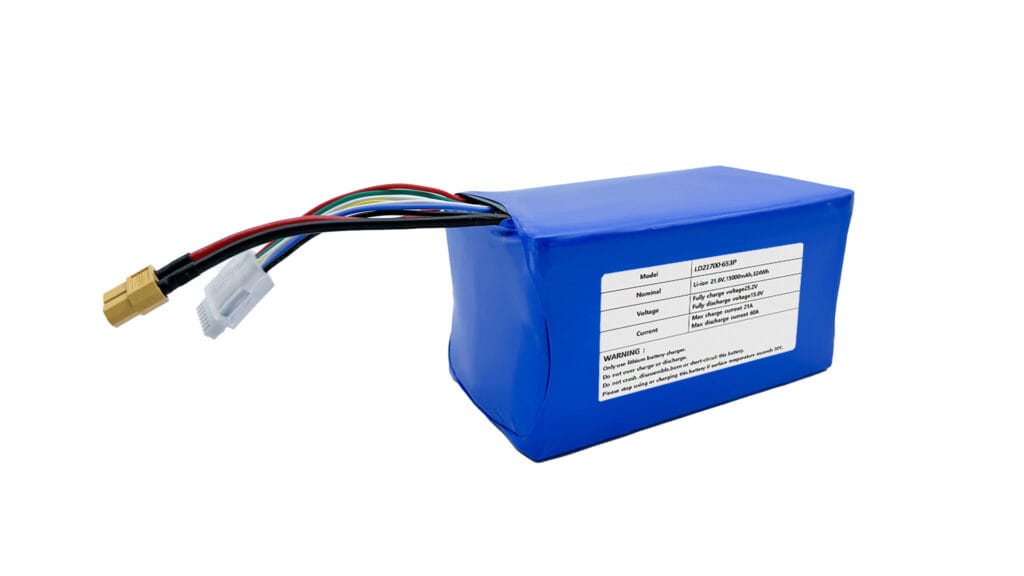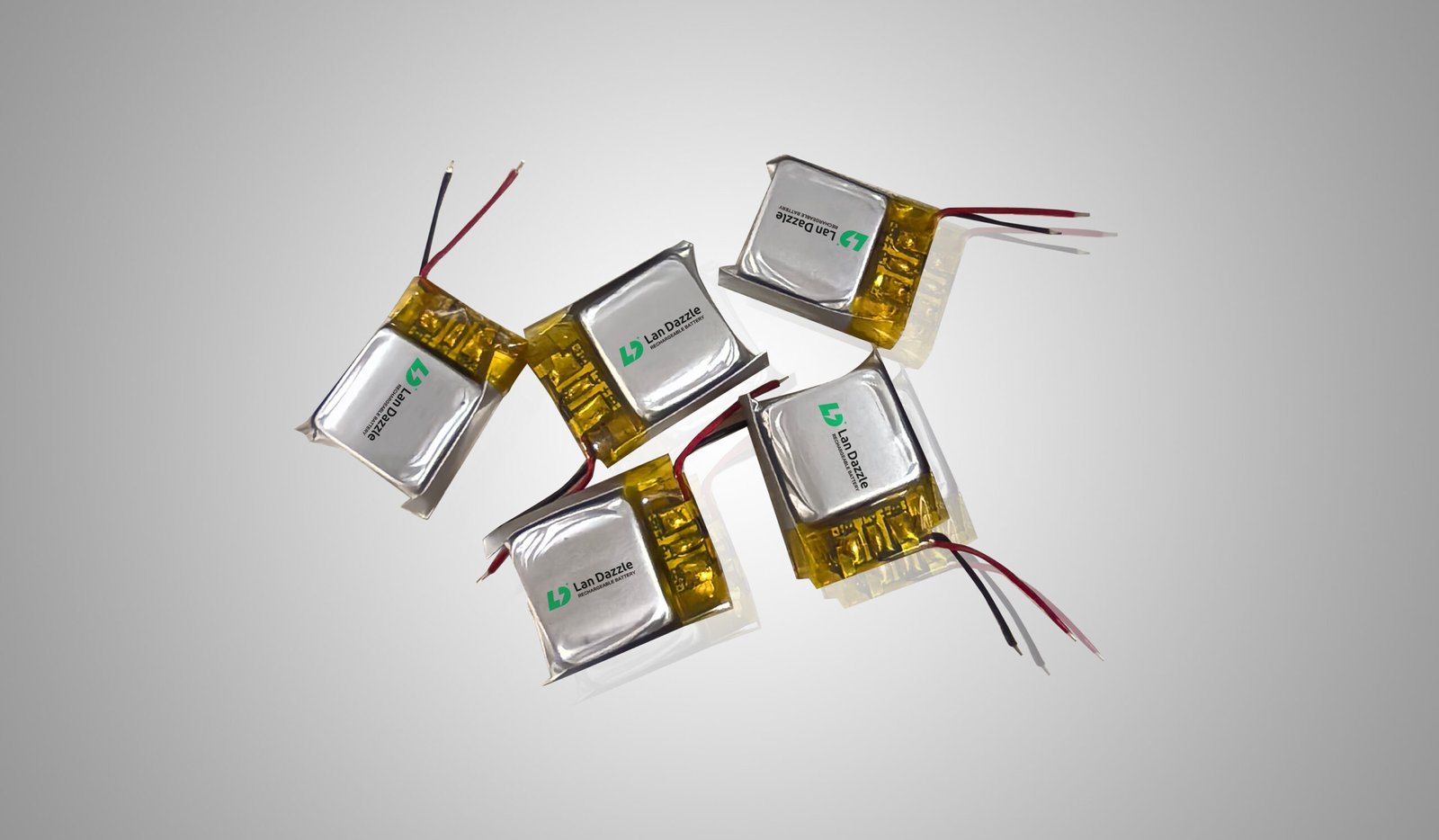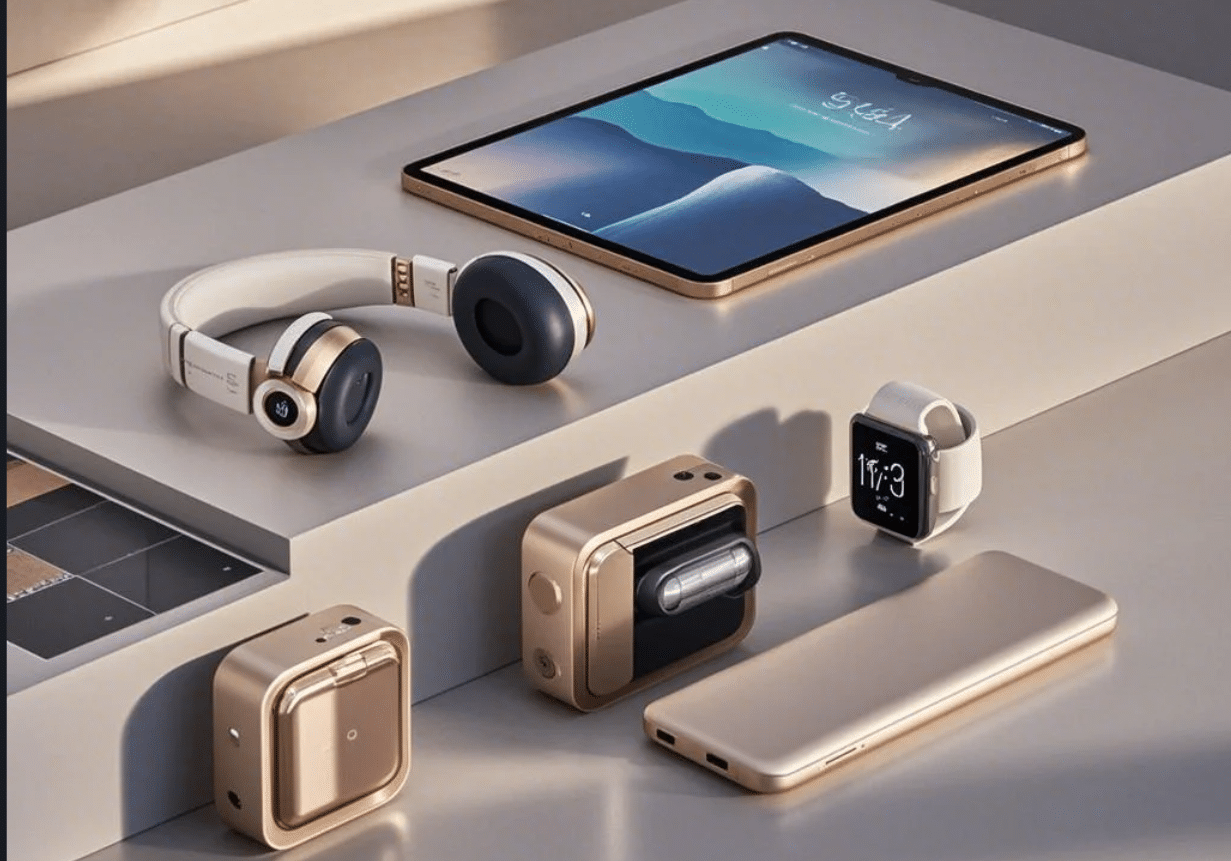Introduction
Ever felt the pang of frustration as your phone screen dims prematurely, or your laptop suddenly powers off despite just being charged? In our increasingly mobile and tech-dependent world, lithium-ion batteries are the unsung heroes powering our daily lives. From the smartphones in our pockets to the electric vehicles revolutionizing transportation, these energy powerhouses are ubiquitous.
But a common question lingers in the minds of consumers: just how long do these batteries last? Understanding the lifespan of lithium batteries is not just about knowing when to expect a replacement; it’s about making informed decisions, maximizing your investments, and even contributing to a more sustainable future.
This article will delve into the fascinating world of lithium battery lifespan, exploring the key factors that influence their longevity, providing insights into typical lifespans across various applications, and offering practical tips to help you extend the life of your beloved devices.
What is a Lithium Battery?
At its core, a lithium battery, more accurately a lithium-ion battery, is a type of rechargeable battery that relies on the movement of lithium ions between two electrodes – the anode (typically made of graphite) and the cathode (often made of lithium compounds like lithium cobalt oxide or lithium iron phosphate) – through an electrolyte. When you charge a lithium battery, lithium ions move from the cathode to the anode, storing energy.
Conversely, when you use the battery, these ions flow back to the cathode, releasing energy to power your device. This process can be repeated hundreds, even thousands, of times. The popularity of lithium-ion batteries stems from their remarkable energy density, meaning they can store a significant amount of energy in a relatively small and lightweight package. They also exhibit a low self-discharge rate, meaning they hold their charge longer when not in use, making them ideal for portable electronics and electric vehicles.
While the fundamental principle remains the same, it’s important to note that various lithium battery chemistries exist, each with its own set of characteristics, including subtle differences in lifespan and performance.
Understanding Battery Lifespan: Key Metrics
When we talk about lithium battery lifespan, it’s crucial to understand the different ways this longevity is measured. Primarily, we consider two key metrics: calendar life and cycle life.
Calendar life refers to the degradation of the battery over time, regardless of how often it’s used. Even if a device sits on a shelf unused, its battery will gradually lose capacity due to internal chemical reactions. Factors like the battery’s age and the conditions under which it’s stored significantly impact its calendar life.
On the other hand, cycle life refers to the number of complete charge and discharge cycles a battery can endure before its capacity drops to a certain threshold, typically around 80% of its original capacity. A charge cycle is defined as one full discharge and recharge of the battery. It’s important to understand that partial charges also contribute to the overall wear and tear; for instance, two 50% discharges and recharges would roughly equate to one full cycle.
The depth of discharge (DoD) plays a critical role here. A deep discharge (draining the battery to a very low percentage) puts more stress on the battery compared to a shallower discharge, ultimately reducing its cycle life. As the battery undergoes cycles, you’ll notice capacity fade, a gradual decline in the battery’s ability to hold a full charge. Finally, battery health is a useful concept that represents the current maximum capacity of your battery as a percentage of its original design capacity. A battery with 80% health, for example, can only hold 80% of the charge it could when it was new.
Factors That Significantly Impact Lithium Battery Lifespan
The lifespan of a lithium battery isn’t set in stone; it’s influenced by a multitude of factors, many of which are within our control.
A. Charging Habits: How you charge your devices can significantly impact battery longevity. Consistently charging your battery to 100% and letting it drain to 0% puts stress on the battery’s chemistry. Experts often recommend aiming for partial charges and keeping the battery charge level somewhere between 20% and 80% for optimal battery health. While modern devices have battery management systems (BMS) to prevent overcharging, prolonged periods at 100% can still contribute to degradation over time. Think of it like exercising: moderate, regular activity is generally better than extreme bursts followed by complete rest. Similarly, frequent shallow discharges are often better than infrequent deep discharges for the long-term health of your lithium battery.
B. Temperature: Temperature is a critical factor affecting lithium battery lifespan. Extreme temperatures, especially high heat, accelerate the chemical reactions within the battery, leading to faster degradation. Leaving your smartphone in direct sunlight on a hot day or storing your laptop in a hot car can significantly shorten its battery’s lifespan. Conversely, very low temperatures can also negatively impact performance and, over time, contribute to degradation. Ideally, lithium batteries should be operated and stored within a moderate temperature range.
C. Storage Conditions: If you’re planning to store a device with a lithium battery for an extended period, proper storage is essential. The ideal state of charge for long-term storage is around 50%. Storing a battery fully charged or completely empty for a long time can lead to irreversible capacity loss. Additionally, storing batteries in a cool, dry place away from extreme temperatures is recommended. For instance, if you’re not going to use a power tool for several months, it’s best to charge its battery to around half capacity and store it in a temperature-controlled environment.
D. Discharge Rates: While less of a concern for typical consumer use, very high current discharge rates can generate significant heat within the battery, which, as we’ve discussed, accelerates degradation. This is more relevant in applications like high-performance electric vehicles or power tools under heavy load. However, for everyday use of smartphones and laptops, this factor is usually less impactful.
E. Manufacturing Quality and Battery Chemistry: The inherent quality of the battery cells and the specific lithium battery chemistry used play a crucial role in its potential lifespan. Batteries from reputable manufacturers often undergo rigorous testing and quality control processes, leading to better longevity. Different chemistries, such as Lithium Iron Phosphate (LFP), are known for their longer cycle life compared to other chemistries like Lithium Cobalt Oxide (LCO), although they might have lower energy density.
Typical Lifespan of Lithium Batteries in Different Applications
The expected lifespan of a lithium battery varies depending on its application and how it’s used. Here are some general guidelines:
A. Smartphones: Typically, a smartphone battery is designed to last for about 2 to 3 years or around 300 to 500 charge cycles before its capacity significantly degrades. This often aligns with the typical upgrade cycle for many users. Heavy usage, frequent fast charging, and exposure to high temperatures can shorten this lifespan.
B. Laptops: Laptop batteries generally have a slightly longer lifespan, often ranging from 3 to 5 years or 500 to 1000 charge cycles. The intensity of usage, such as frequent gaming or video editing, can impact how quickly the battery degrades.
C. Electric Vehicles (EVs): EV batteries are designed for much longer lifespans, with many manufacturers offering warranties for 8 to 10 years or 100,000 to 200,000 miles. Advancements in battery technology and sophisticated battery management systems contribute to this extended lifespan.
D. Power Tools: The lifespan of lithium-ion batteries in power tools can vary widely depending on the frequency and intensity of use. Generally, you can expect them to last anywhere from 3 to 7 years. Professional tools used daily will likely have a shorter lifespan than those used occasionally by homeowners.
Tips to Extend Your Lithium Battery Lifespan
While lithium battery degradation is inevitable, you can take several steps to maximize their lifespan:
- Avoid Extreme Temperatures: Keep your devices away from direct sunlight, hot cars, and freezing temperatures.
- Use Partial Charges: Aim to keep your battery charge level between 20% and 80% whenever possible. Consider using charging habits that support this, such as avoiding overnight charging to 100% if not needed.
- Avoid Deep Discharges: Try not to let your devices frequently drain down to very low battery percentages. Charge them more frequently in shorter bursts.
- Use the Original Charger: Using the charger specifically designed for your device ensures the correct voltage and current, which is crucial for battery health.
- Store Batteries Properly: If you’re storing a device or a spare battery for an extended period, aim for a 50% charge and store it in a cool, dry place.
- Keep Software Updated: Sometimes, software updates include optimizations that can improve battery efficiency and lifespan.
By implementing these simple tips, you can significantly extend the usable life of your lithium-ion batteries and get the most out of your devices. At Lan Dazzle, we understand the importance of battery longevity and strive to incorporate these considerations into the design and quality of our products.
Conclusion
Understanding the lifespan of lithium batteries is crucial for consumers in today’s tech-driven world. While these batteries are incredibly convenient and powerful, they do degrade over time. By understanding the key metrics like calendar life and cycle life, and by being mindful of the factors that impact their longevity – including charging habits, temperature, and storage conditions – you can take proactive steps to extend the life of your devices. Remember that the typical lifespan varies depending on the application, but by adopting best practices, you can ensure your lithium-powered gadgets serve you well for longer. If you are interested in more details about lithium battery, feel free to contact us at info@landazzle.com or visit landazzle.com.
FAQ
- Q1: What is the average lifespan of a lithium-ion battery?
The average lifespan of a lithium-ion battery is typically between 2 to 5 years or 300 to 1000 charge cycles, depending on the application and usage patterns. Factors like temperature and charging habits significantly influence this range. - Q2: Is it bad to always charge my phone to 100%?
While modern smartphones have battery management systems to prevent overcharging, consistently charging to 100% and keeping the battery at that level for extended periods can put stress on the battery and potentially shorten its lifespan over time. Aiming for partial charges is generally better. - Q3: How many charge cycles can a lithium battery typically handle?
The number of charge cycles a lithium battery can handle varies depending on the battery chemistry and manufacturing quality. Generally, you can expect anywhere from 300 to 1000 cycles before the capacity drops significantly. Some advanced batteries, like those in electric vehicles, can handle many more. - Q4: Does leaving my phone plugged in overnight hurt the battery?
Modern smartphones have battery management systems that stop charging once the battery reaches 100%. However, keeping the battery at 100% for prolonged periods can still generate some heat and contribute to gradual degradation. While not drastically harmful in the short term, consistently doing so over years might slightly reduce the battery’s overall lifespan. - Q5: How does temperature affect lithium battery lifespan?
Extreme temperatures, both hot and cold, are detrimental to lithium battery lifespan. High heat accelerates chemical reactions within the battery, leading to faster degradation. Cold temperatures can temporarily reduce performance and, over prolonged exposure, can also contribute to long-term damage. It’s best to keep your devices within a moderate temperature range.





